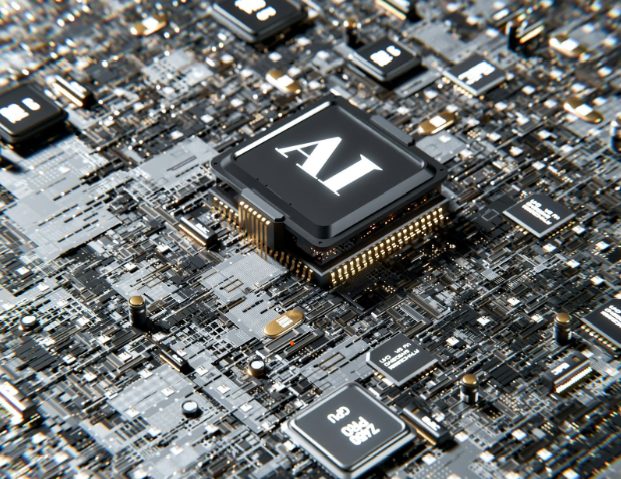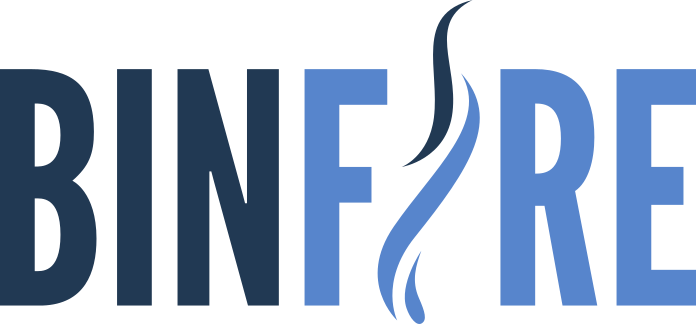The workplace has undergone considerable changes in the last decade. The pandemic has contributed to a surge in remote work, as well as hybrid working environments. Many businesses are utilizing various technologies to benefit their operations, including AI.
Artificial intelligence certainly has its benefits, but it has to be used correctly; otherwise, it might not have the same success as it was intended to have. AI detection is a practice that’s essential to conduct, especially for the sake of workplace integrity.
With that being said, this guide will look at how detecting AI content is more than just plagiarism and the importance of ethics when using automation in the workplace. You’ll also gain knowledge on how to prepare your organization for an AI-human mixed future.

Why detecting AI content is about more than plagiarism
Detecting AI content is all about analyzing the patterns and structure of the writing itself or the content that has been created, whether that’s audio or video footage.
While plagiarism will look for direct matches to existing text, AI detectors will identify characteristics like sentence structure, lack of human ‘flaws’, and will likely refer to a probability score over giving a definite yes or no answer for AI.
It has to be checked for authenticity and that the prompts given for the content are accurate to what needs to be communicated. With that in mind, here’s how AI detection differs from plagiarism detection and why AI detection is more complex.
Furthermore, the increasing sophistication of AI is it generates text that is technically original but often lacks the unique insight and critical thinking that is defined within human work.
How AI detection differs from plagiarism detection
With plagiarism, it checks for text that’s been copied from existing, published sources, and AI detection, as mentioned above, analyzes patterns and statistical probabilities to identify content that was likely generated by a machine.
AI detection is more complex because it’s pattern-based, not source-based. An AI detector analyzes internal logic and structure instead. However, it’s important that while AI detection is more complex, AI detectors can miss the subtleties that come with human writing.
From a unique tone to personal experience, this can lead to AI flagging the content incorrectly as AI-generated.
As such, AI is still an evolving technology. Detectors are not always accurate and therefore produce false positives or false negatives. Therefore, human judgment has to step in to interpret the results and conclude whether it’s entirely accurate or not.
AI-generated content also has a lack of originality to it, considering it’s content that’s derived from other resources on the internet.
The ethical side of automation in communication
There’s an ethical side of automation in communication to consider when you’re using AI. This revolves around issues of bias, accountability, and human impact. AI systems and automation can have negative consequences, such as erosion of human connection and job displacement.
That’s why it’s good to make these ethical considerations within the workplace before introducing automation and AI into comms.
Bias and fairness
AI systems are trained on biased data and which can contribute to the exacerbation and perpetuation of societal inequalities. This can result in discriminatory outcomes, which, as a business, you don’t want to encourage or enable in the slightest.
To avoid this, you want to use mitigation strategies that diversify your datasets and systematically audit your systems for bias.
Transparency and accountability
AI makes it difficult to understand how decisions are being made, and so it’s crucial to have systems that are auditable, explainable, and traceable. Establishing clear lines of accountability is important, especially with the heavy use of automation and AI in general.
Privacy and data security
Automated communication tools often rely on large amounts of data, which raises concerns about privacy and security.
As such, you must be protecting user data and be transparent about its collection and use, establishing robust data protection frameworks in the process.
Human oversight and control
Automation bias can cause people to over-trust machine suggestions. Maintaining human oversight is important, and it ensures control is held by humans even when the use of automation or AI is heavily used. Humans should be the ultimate decision-makers.

Human connection and impact
With automated communication, you can be overly reliant on its usage, and that, in turn, can erode human connection. This is especially true in areas like customer service. Automation can therefore lead to de-skilling, job displacement, etc. Transparency regarding the use of AI, such as AI-generated images or videos, is essential to maintaining authenticity.
Preparing your organization for a mixed-human-AI future
In order to be successful at implementing AI into your organization, perfecting the blend is key. Here are some helpful tips to prepare your organization for the transition.
Prioritize human value
The most successful organizations will make use of artificial intelligence to help augment human capabilities. Positioning AI as a partner that handles repetitive tasks and frees up workers to focus on creative problem-solving, strategic thinking, and emotional intelligence.
Emphasize resilience, not just efficiency
AI can drive short-term efficiency and a long-term focus on building a resilient workforce. It can help adapt to rapid technological change. Treating your initial rollouts as experiments can help employees learn how the tools work and so that onboarding is achieved with as much success as possible.
Redefine roles and metrics
Traditional jobs are certainly evolving thanks to technology, and so it’s important to look at how you could redefine these roles and the metrics you measure.
For example, it might be that you have a 30% rule on humans handling the work, whereas AI helps perform the other 70%.
AI will be a main feature of businesses in the years to come, so it’s best to embrace the technology, rather than to shy away from it. There are plenty of advantages to be had from using such technology, so explore what the options are and how AI can benefit your business in 2025.



